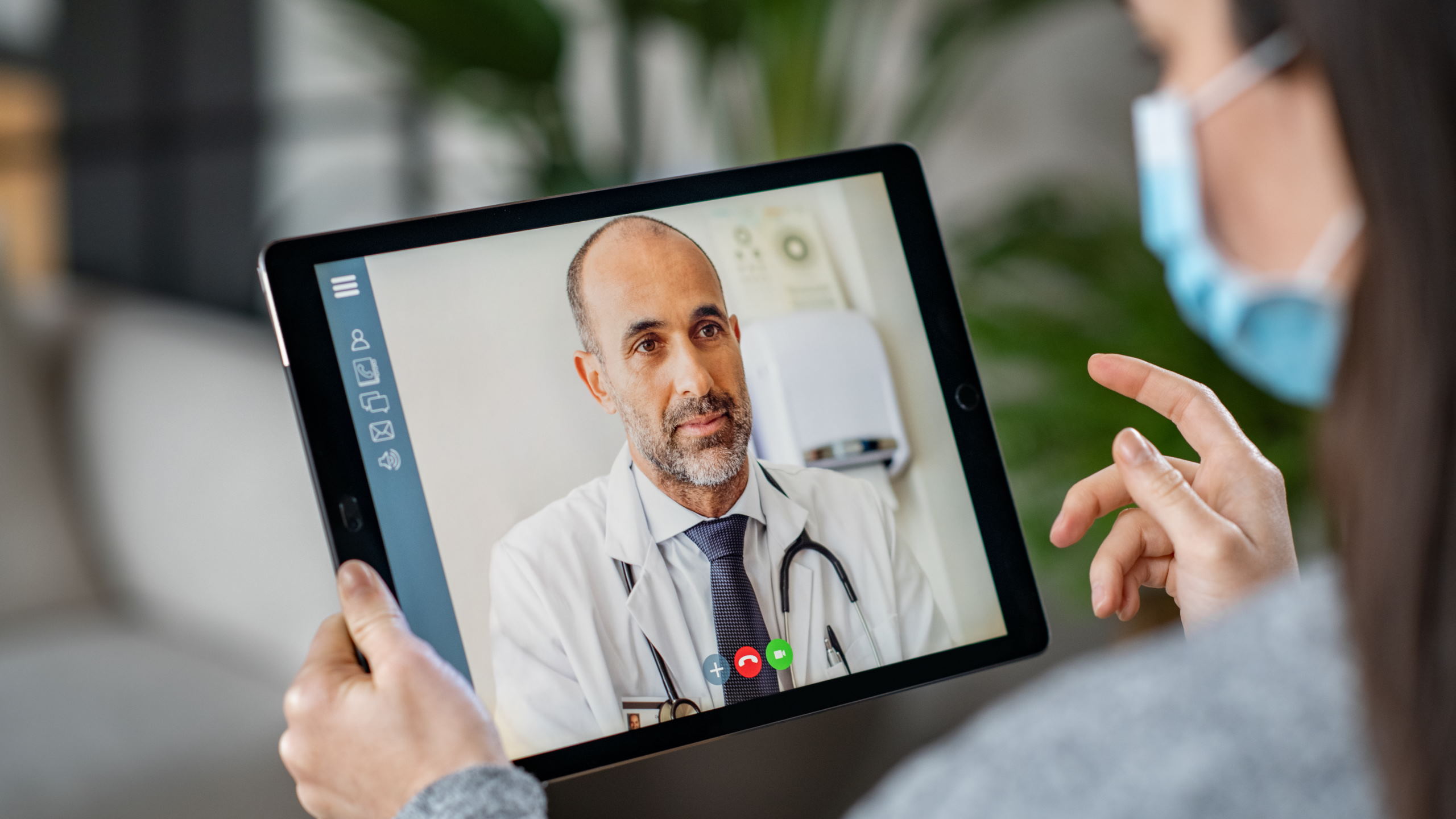We’ve been talking to a lot of hoteliers lately and without fail every hotel owner or GM says the same thing, “We want to develop a wellness/medical product as part of our guest services portfolio”. To be clear, this is not a new ask. Hotels have been looking to add ‘medically light’ services for years, but Covid has supercharged their interest by an order of magnitude.
At face value, this makes a lot of sense. There is a growing trend towards healthy living and lifestyles, more people are spending time and money at thematic retreats (yoga, meditation, weight loss), and ‘health’ offers hotels a new channel to boost spend and create differentiation. Hoteliers recognize that adding another food and beverage outlet or spa product will not move the dial, and this lack of good alternatives is driving hospitality into the arms of healthcare.
But administering an IV drip to a guest is a world apart from offering a foot massage or Reiki session. Healthcare brings a new set of regulatory and licensing issues into play, and as a rule hoteliers are not comfortable adding new services that incur liability and cost without a clear upside in front of them. In our discussions with GMs, the most pressing concerns with delivering health services revolve around four areas: liability, cost, asset utilization and performance.
Without a doubt, the single biggest issue preventing more hotels from offering healthcare services is liability. Hoteliers do not want any additional liability associated with delivering healthcare to guests. They have enough challenges managing leisure guests without the added risk of someone reacting badly to a treatment or getting misdiagnosed.
Hotels and resorts that have tried to deliver medical/wellness services to their guests often collaborate with a local healthcare provider, but this is often hit and miss because business interests are misaligned. Hoteliers tend to view the clinic as just another retail outlet, and the healthcare provider never goes all in with its best people or products. The result is a sub-optimal service with sub-optimal performance.
The next issue is cost. Owners are reluctant to spend CAPEX and OPEX to build out and staff a clinic. They want something that boosts guest spend and gross operating profit without risking capital needed to weather a protracted Covid storm. Hoteliers know the payback horizon if they invest in another F&B outlet; they don’t know what it is for a clinic.
In a related vein, hotel GM’s want to extract more value out of the assets they do have rather than build new ones they don’t have. Hotels are sitting on a mountain of value trapped in assets like fitness centers, restaurants, spas, meeting rooms, etc. Building a new clinic or wellness center sounds great, but driving more volume through existing assets sounds even better.
Lastly, hoteliers want products that impact performance metrics important to their business (and bosses) – spend per stay, length of stay, average room rate. They don’t want a novelty; they need a driver that generates longer stays, higher spend and more pricing power. These KPIs drive the business, and any new health/wellness related investment is measured against that yardstick.
So what is the healthcare product that fills the gap? Is it an IV drip clinic in the retail area? Is it an on-site coach and counselor? Is it a doc in a box?
Having worked in both healthcare and hospitality, I believe the model will depend largely on the strategic direction of the hotel company and how deep (or wide) they want to go. The health product has to be part of the hotel’s portfolio and brand positioning going forward; not just a bolt-on to fill a perceived gap in the product line.
We also see “wellness” reaching a point of saturation, because anything and everything is now being labeled wellness. Our view is that healthy solutions will be a future business driver for hotels worldwide, and the bigger players will develop bespoke, branded, scalable solutions they can deploy network-wide, while the smaller players will most likely try to carve out a position in a specific area and build a reputation for a specialty product or service.
The paths may differ but the destination is the same. Healthy is here to stay.
Intermedika provides strategic advisory support to the hospitality industry. Our team has deep experience developing and operating hospitals and medical light clinics in hotels and resorts. We work with hotel owners, operators and investors to develop strategies, products and programs that blend healthcare, hospitality and tourism.



